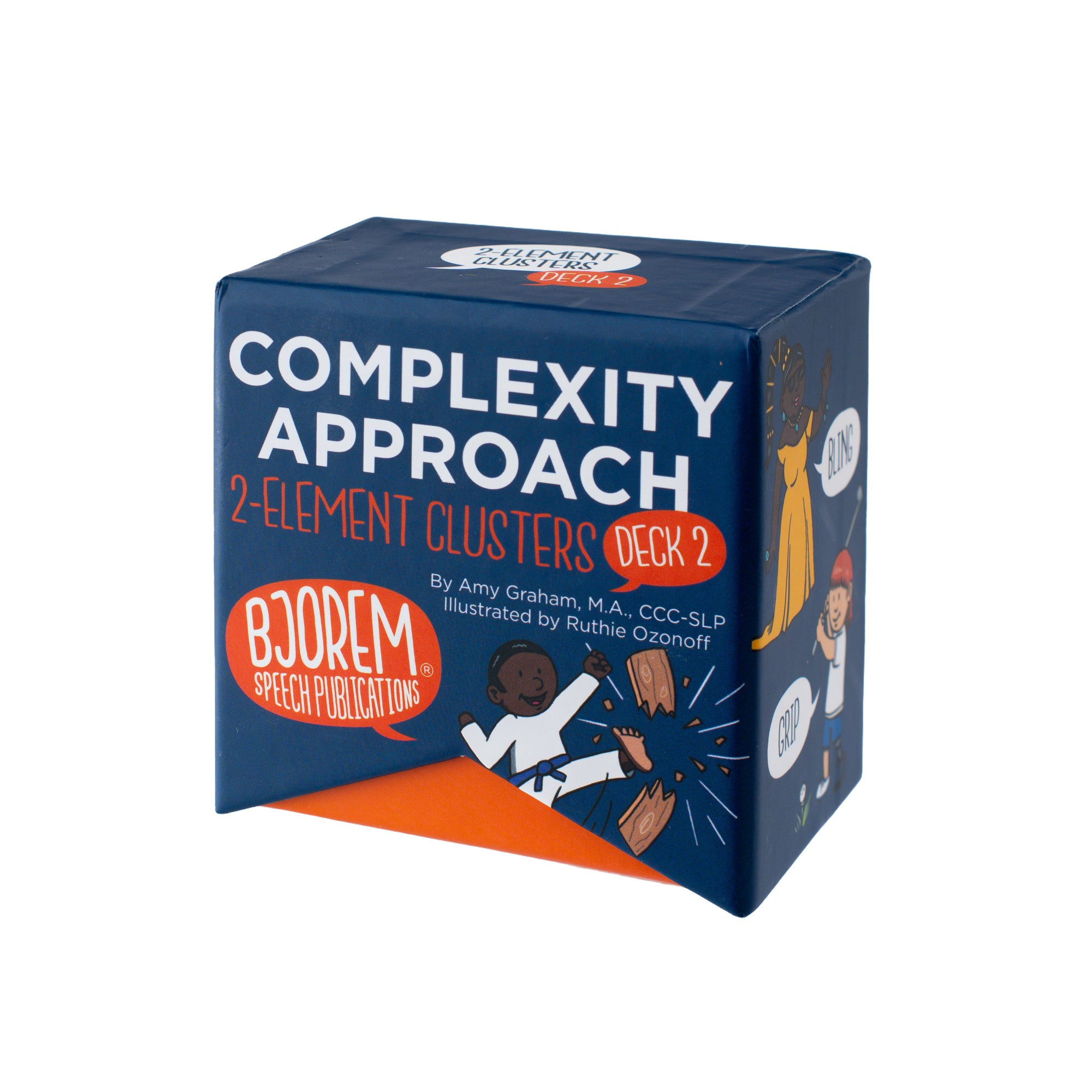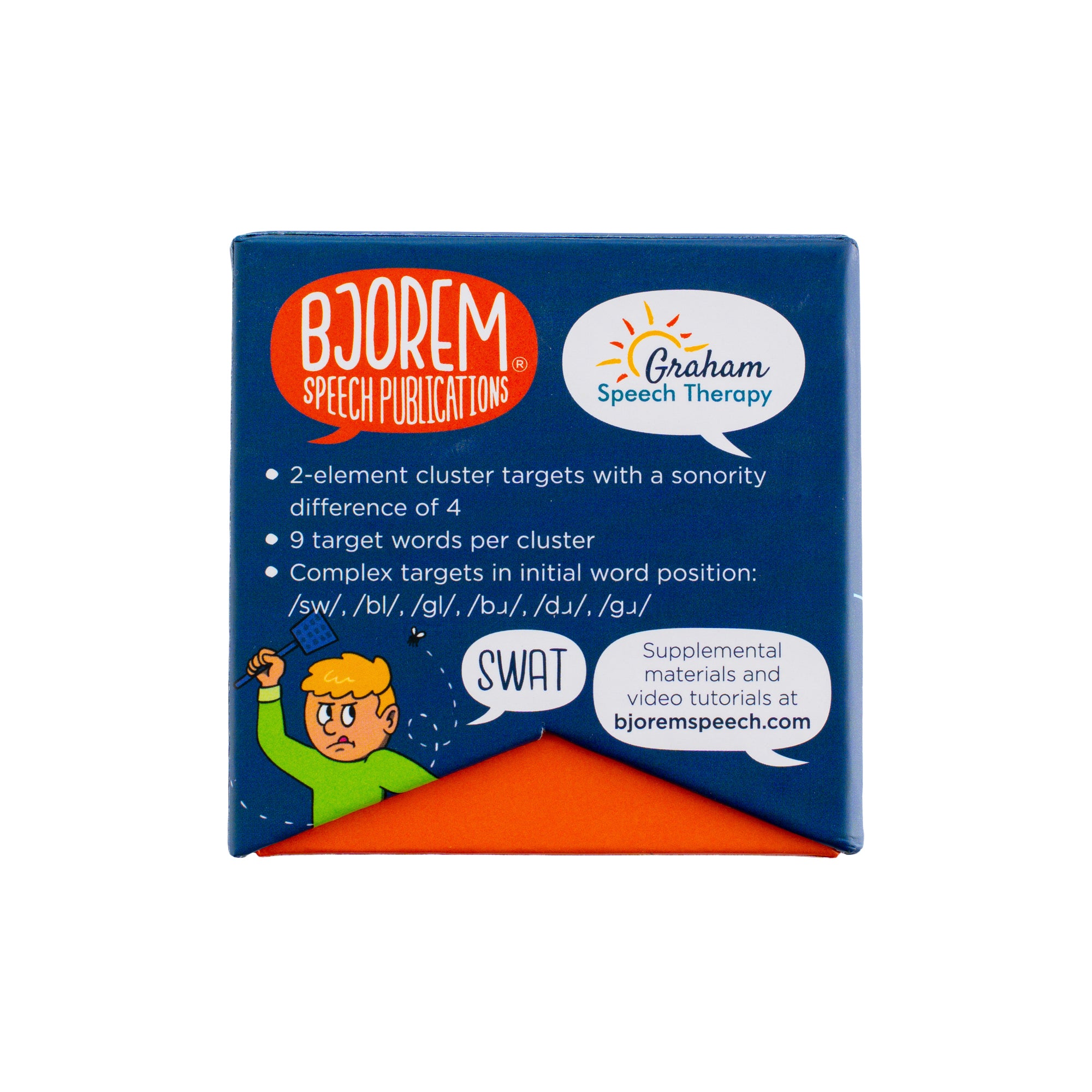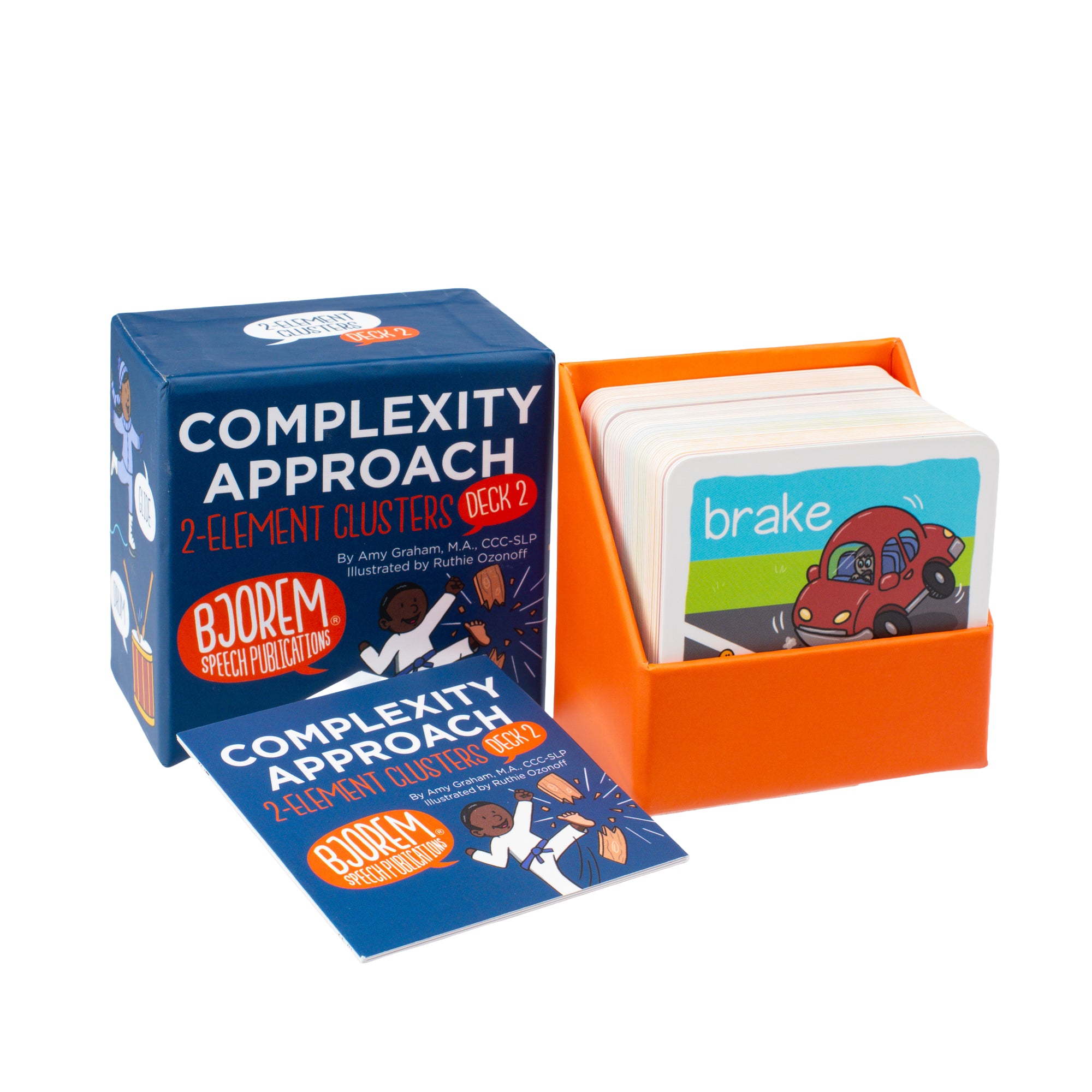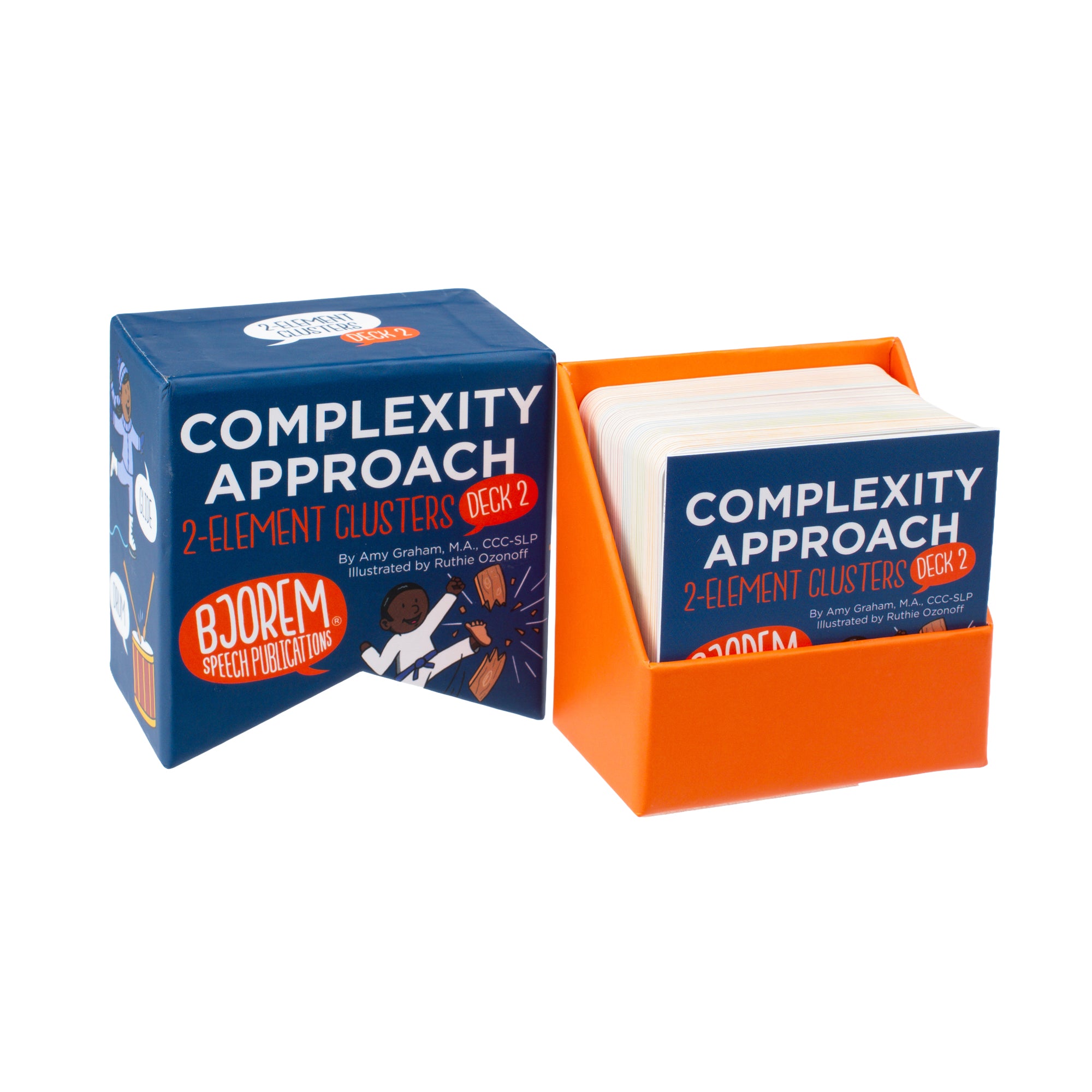Elevating Speech Therapy through the Complexity Approach:
Based on the foundational work of Gierut (2001), the complexity approach is an evidence-based intervention strategy that has significantly impacted the field of speech therapy.
It shifts the traditional focus from sequential, developmental sound error correction to prioritizing the treatment of later-developing, complex sounds and clusters.
This approach is proven to facilitate broader and more efficient improvements in children's speech systems.
Key Principles Underpinning the Complexity Approach:
Markedness: This principle differentiates sounds into *marked* (complex) and *unmarked* (simple) categories.
Focusing therapy on *marked* sound classes helps children not only master these challenging sounds but also enhances their proficiency in producing *unmarked* sounds.
This efficient strategy bypasses the need for direct treatment of each sound error, promoting faster overall speech development.
Sonority Difference: This approach involves analyzing and assigning numerical values to the sonority (relative loudness) of sounds within 2-element clusters, facilitating the calculation of sonority differences.
For instance, the sonority gap in clusters like /sl/ is less significant than in more complex clusters such as /pɹ/, guiding the selection of targets for therapeutic intervention.













